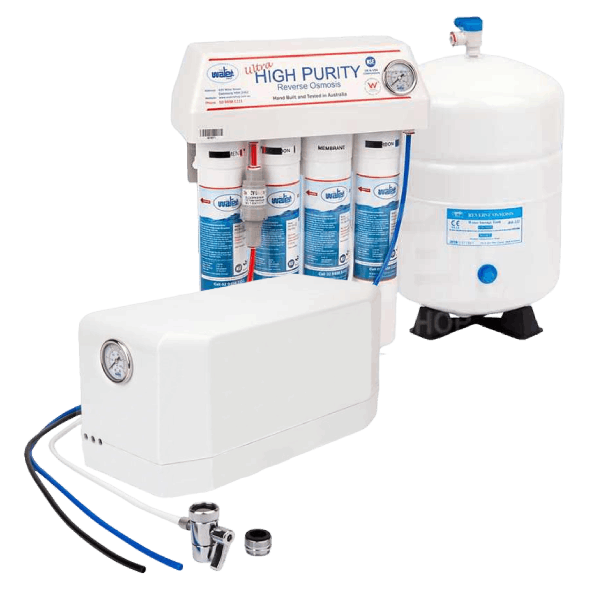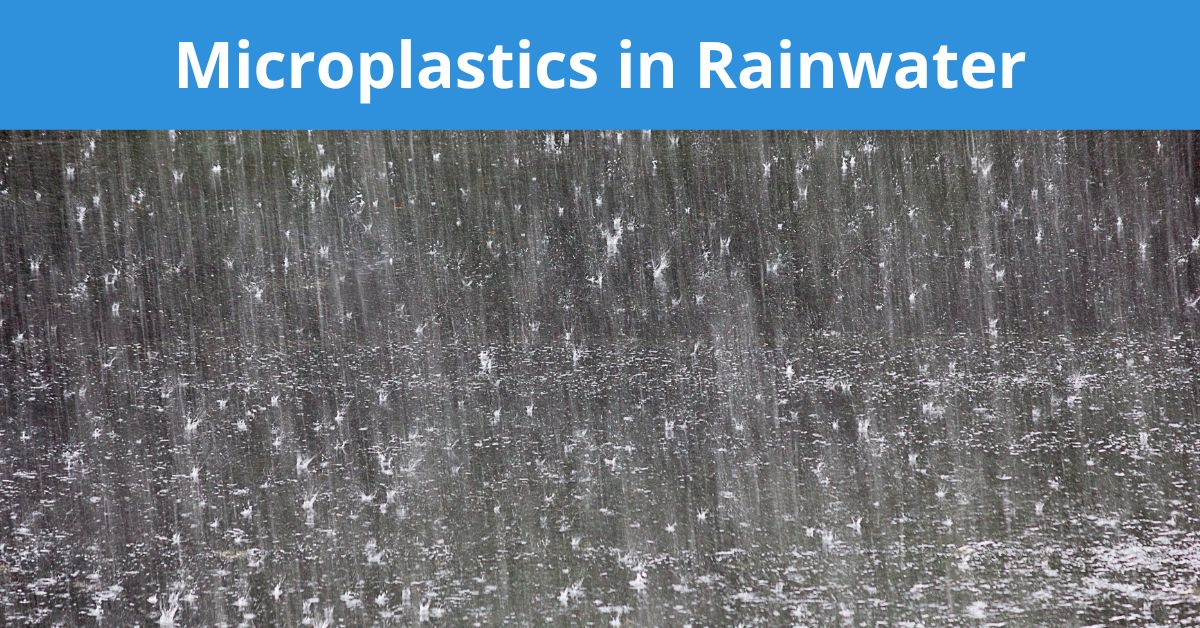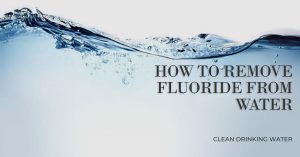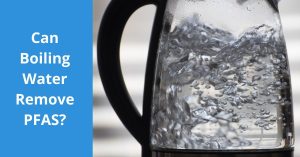In recent years, the issue of microplastic pollution has gained significant attention due to its widespread presence in the environment, including in our water sources. As researchers continue to investigate the extent of this problem, one concerning question has arisen: Are there microplastics in rainwater?
Are there microplastics in rainwater?
Unfortunately, the answer is yes. Several studies have detected the presence of microplastics in rainwater samples collected from various locations around the world. These tiny plastic particles, measuring less than 5 millimetres in size, have been found in rainwater samples taken from urban, suburban, and even remote areas.
The sources of these microplastics in rainwater are varied. They can originate from the breakdown of larger plastic items, such as water bottles, bags, and other plastic waste. Additionally, microplastics can be released into the air through industrial processes, vehicle emissions, and the shedding of synthetic textiles during washing.
These airborne microplastics can then be transported by wind and atmospheric currents, eventually being deposited back onto the earth’s surface through precipitation.
Are microplastics in water harmful to humans?
While the full extent of the potential health risks posed by microplastics in water is still under investigation, there are concerns about their potential harmful effects on human health.
Microplastics can act as carriers for other contaminants, such as persistent organic pollutants (POPs) and heavy metals, which can accumulate on their surfaces. When ingested through drinking water, these contaminants may be released into the human body, potentially causing adverse health effects.
Additionally, some studies have suggested that microplastics themselves may have harmful effects on human cells. Smaller microplastics, particularly those at the nanoscale, have been shown to cross biological barriers and potentially accumulate in organs, potentially causing inflammation and oxidative stress.
However, it’s important to note that the research on the specific health impacts of microplastics on humans is still ongoing, and more studies are needed to fully understand the risks.
Addressing the issue of microplastics in rainwater and other water sources is crucial for protecting public health and the environment. One effective solution is to use advanced water filtration systems that can effectively remove microplastics from water.

Studies have shown that Reverse Osmosis Water Filter, such as the Benchtop Reverse Osmosis Water Filter, Under Sink Reverse Osmosis Water Filter, are highly effective in removing microplastics and other contaminants from water. These systems use a semipermeable membrane to filter out even the smallest particles, ensuring that the water you consume is free of microplastics and other impurities. Also water distillation with for example the or the Megahome Water Distiller is a sure way of removing microplastics.
Gravity Water Filters can also be an effective solution for removing microplastics from rainwater or other water sources. These filters use multiple stages of filtration, including ion exchange and activated carbon filters, to remove a wide range of contaminants, including microplastics. However, these are not as efficient as reverse osmosis filter or distillation systems.
By investing in high-quality water filtration systems and being aware of the potential risks of microplastics in water, individuals and communities can take proactive steps to ensure access to safe, clean drinking water.
More research is needed to fully understand the impact of microplastics on human health, taking precautionary measures to reduce exposure to these contaminants is a wise approach. By addressing the issue of microplastic pollution and implementing effective filtration solutions, we can work towards protecting our water sources and safeguarding public health.
See also our blog post Microplastics in Tap Water.




